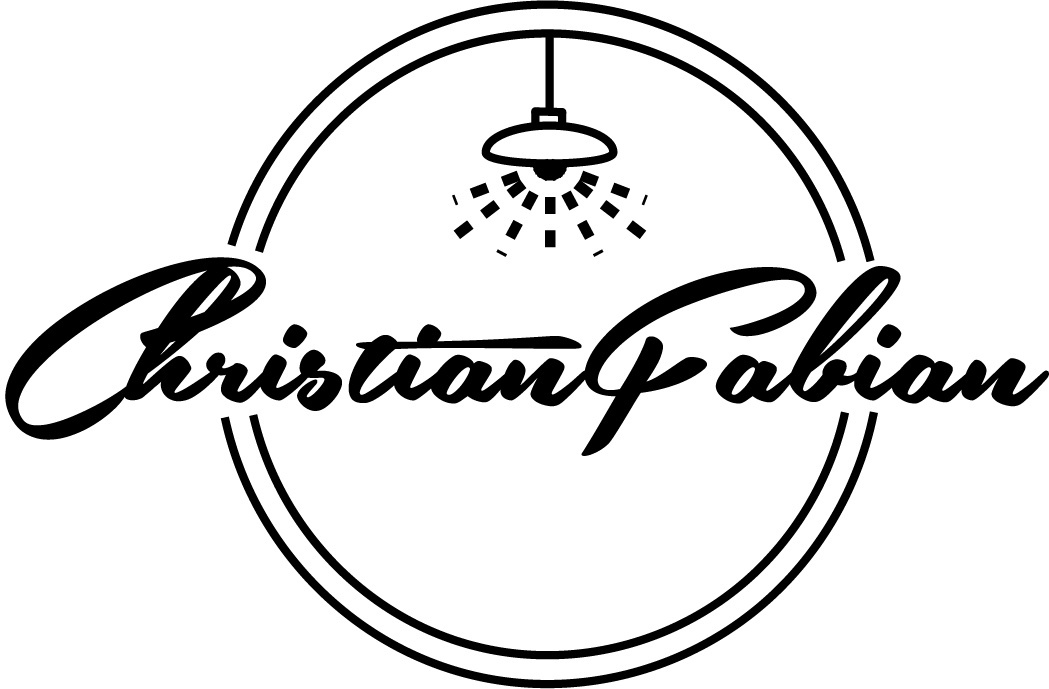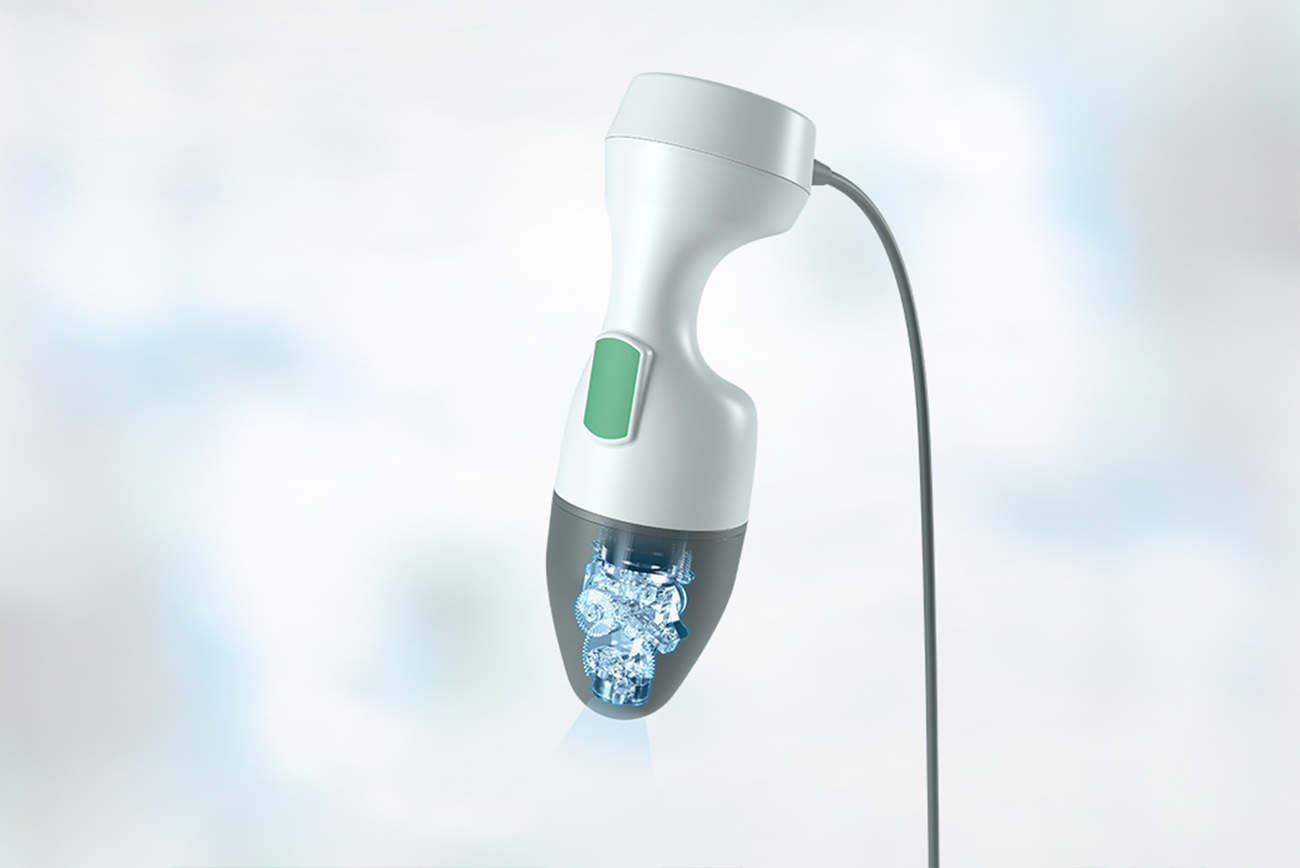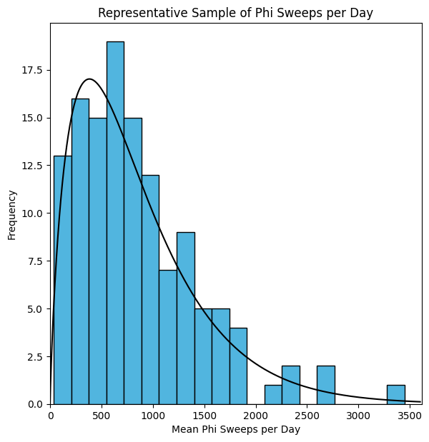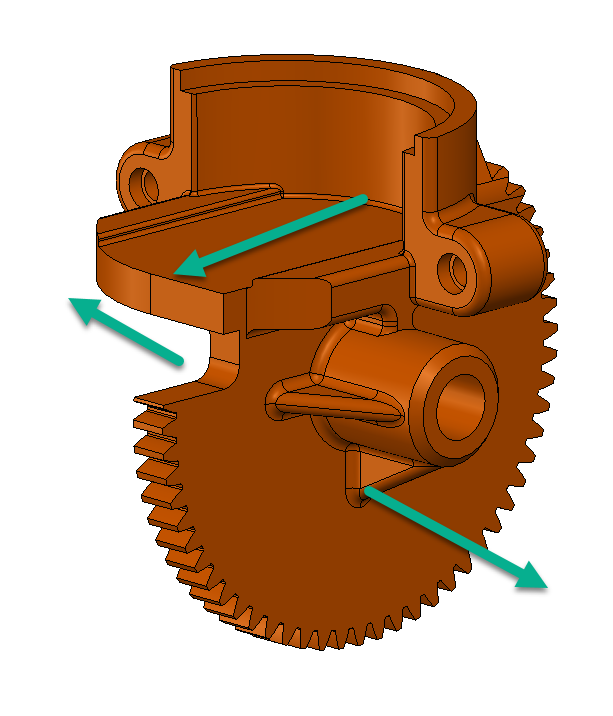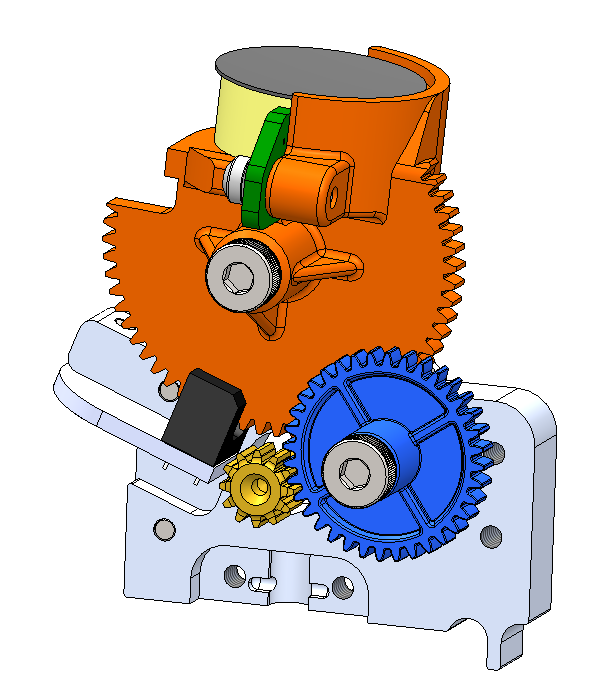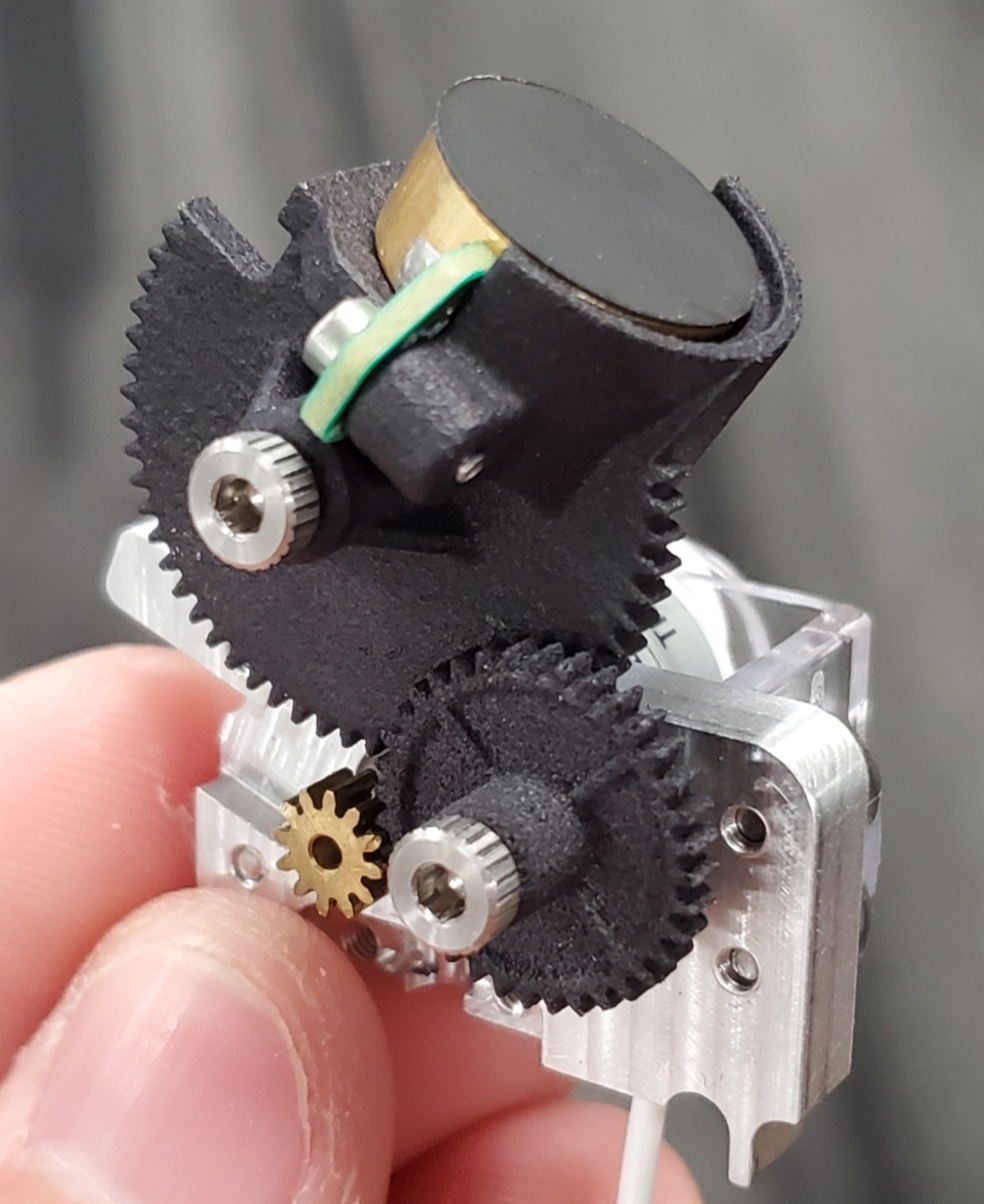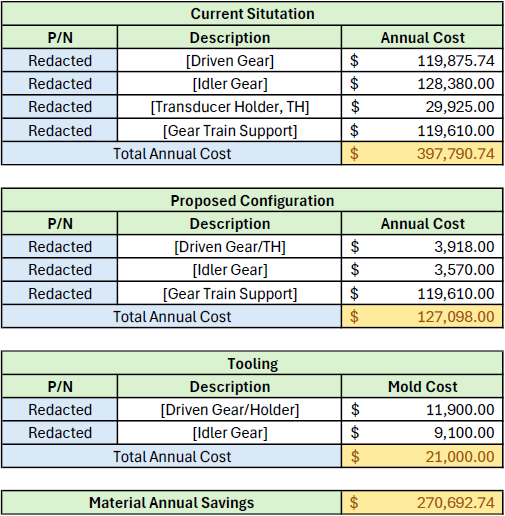Cost Down Initiative for Scan Mechanism
The ultrasound engineering team at Verathon approached me with a request to accelerate the scan mechanism in support of a key imaging objective for an upcoming product. While exploring potential solutions, I identified an opportunity to enhance the mechanism and achieve material cost savings in the process — this could be realized by transitioning the gears in the mechanism to injection-molded designs.
Machined metal gears are well-suited for applications involving high loads, but they come at a significantly higher cost. Given that our scan mechanism operates under relatively low-load conditions, it was a surprising design choice by previous engineers to use metal gears. I immediately recognized this as a strong opportunity for cost reduction. The next step was to validate that plastic gears could deliver comparable reliability and performance within our specific application.
Starting out
The first step was to establish real-world usage patterns of our product based on customer data. To ensure equivalency, we needed to demonstrate that the proposed plastic gears could withstand seven years of service life under typical daily usage. A colleague analyzed data from over 100 customer units and determined that simulating 7.6 million scans would accurately represent a 7-year lifespan—covering usage patterns for 99% of the customer base.
Part Design
The current scan mechanism consists of three key components identified as strong candidates for improvement—two metal gears and a plastic injection-molded transducer holder. Upon evaluating the design for cost-saving opportunities, I recognized that one of the gears could be integrated with the transducer holder into a single component. This redesign not only streamlined the assembly process but also resolved a persistent misalignment issue caused by warpage in the original holder. The warping stemmed from uneven wall thicknesses in the legacy design, which led to shrinkage and deformation that could impair the scan mechanism’s motion. The new components were optimized for injection molding using simple tooling: the idler gear was designed for a standard two-part mold, while the combined gear-holder component required a two-part mold with a slide.
To validate the new design, a prototype was required for simulated service life testing. I selected nylon as the material for the injection-molded gears, so Nylon 12 Multi Jet Fusion (MJF) 3D printing was chosen to closely replicate the final production material. Minor adjustments were also made to the gear train support component, which was subsequently CNC machined for prototyping. The components were assembled into a complete scan mechanism and retrofitted into an existing test fixture. The test ran continuously for just over a month. After successfully reaching the target of 7.6 million simulated scans without failure, we extended the test to run until failure.
Results
The simulated service life tests demonstrated that the new plastic gears could reliably achieve 9.1 million cycles—exceeding the target service life by approximately 20%. In addition to their durability, the plastic gears offered several performance advantages: they operated more quietly and were capable of reaching the desired speeds without requiring any changes to the existing motor. From a cost perspective, the redesign is projected to save approximately $270,000 annually, with tooling costs expected to be recouped within the first year. Based on the strong reliability data and significant cost savings, the project received approval from upper management and is now moving forward toward implementation.
